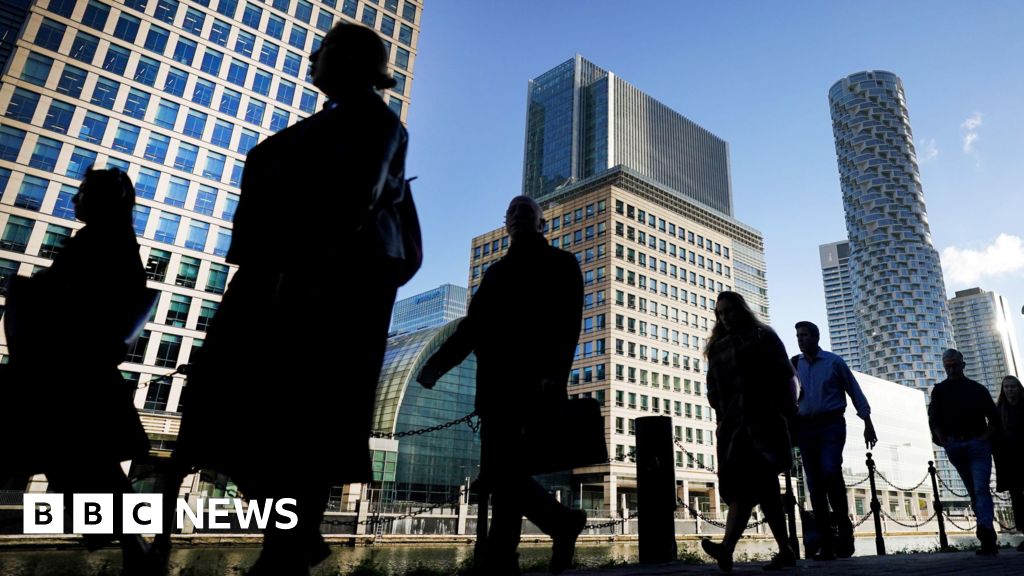ARTICLE AD BOX
image source, Getty Images
Government borrowing fell in August compared with last year as Covid restrictions continued to ease.
Borrowing, which is the difference between tax income and spending, was £20.5bn, official figures show - £5.5bn lower than August 2020.
However, this was the second-highest figure for August since records began.
Borrowing has been at record levels, with billions being spent on support for the economy such as the furlough scheme.
High levels of government coronavirus support, combined with less money coming into the exchequer due to the pandemic and a fall in economic output, have pushed government debt up to more than £2.2 trillion, or about 97.6% of GDP - a level not seen since the early 1960s.
The government borrowed a total of £325.1bn in the financial year to March, an increase of £27.1bn compared with the previous Office for National Statistics (ONS) estimate.
This increase is largely due to expected government expenditure of £20.9bn on guarantees on loans to firms that the businesses will not be able to pay back.
That £325.1bn total amounts to 15.5% of GDP, the highest ratio since the end of World War Two.

 3 years ago
48
3 years ago
48








 English (US) ·
English (US) ·